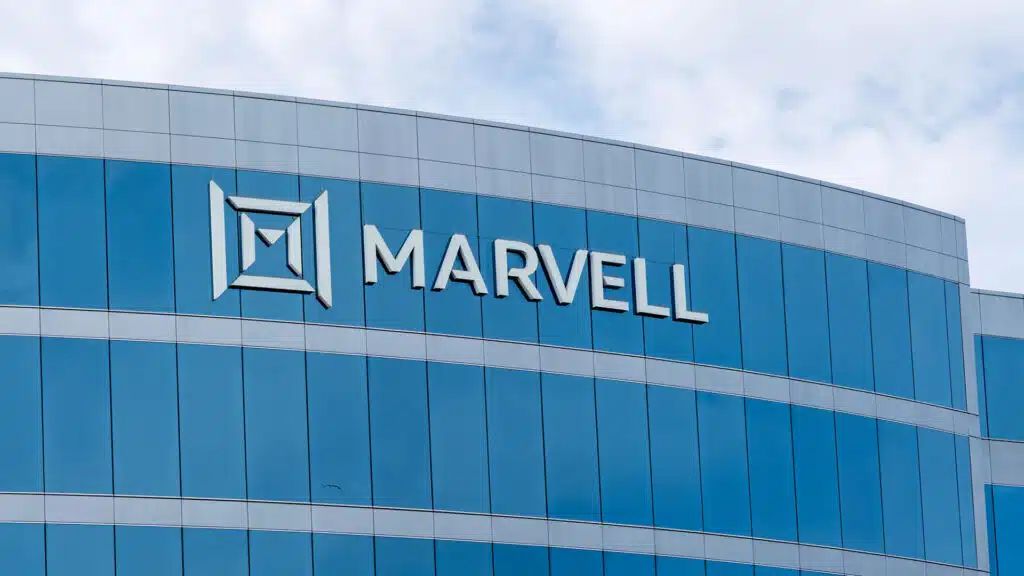The News: Qualcomm Technologies announced that it has acquired Cellwize Wireless Technologies, a supplier of mobile network automation and management, with the goal of accelerating Qualcomm Technologies as a key influencer in 5G Radio Access Networks (RAN) innovation and adoption. Cellwize’s 5G network deployment, automation, and management software platform capabilities could further strengthens Qualcomm Technologies’ 5G infrastructure solutions to fuel the digital transformation of industries, power the connected intelligent edge, and support the growth of the cloud economy. Read the Qualcomm Press Release here.
Qualcomm Buys Cellwize in Move that Rapidly Boosts 5G Infrastructure Portfolio Credentials
Analyst Take: Qualcomm’s acquisition of Cellwize is the well-timed deal, and one that’s needed to accelerate ecosystem-wide adoption of cloud-native, multi-vendor RAN automation technology. The Cellwize CHIME RAN automation and orchestration platform has been deployed by 40 mobile operators globally spanning 800 million subscribers with 3 million cell sites running the Cellwize solution. I see the integration of Cellwize technology into Qualcomm’s industry-encompassing portfolio and worldwide channel influence as fomenting a more formidable 5G infrastructure silicon supplier and competitor.
Through the Cellwize acquisition, Qualcomm augments its connected edge proposition by expediting 5G private and public networks through streamlined network management and deployment time, using programmability capabilities to boost customization and differentiation throughout the application ecosystem, easing administration of multi-vendor open RAN implementations, and easing overall RAN management including multi-generational support.
I also anticipate the Cellwize acquisition can swiftly aid Qualcomm’s quest to expedite ecosystem-wide adoption of Open RAN technology. The CHIME platform is Cellwize’s AI-driven RAN automation and orchestration platform that targets spurring mobile network operator (MNO) Open RAN readiness and 5G deployments, augmented by network return on investment (ROI) benefits.
Through CHIME, Qualcomm can ease Open RAN implementations by assuring the continuous, safe connectivity between applications and any RAN platform, including Open RAN, vRAN, and traditional RAN, providing the platform-enabled collaboration environment key to streamlining mobile service creation and innovation.
I expect that Qualcomm can advance Cellwize’s targeting of the operationalization and monetization of private 5G implementations. Specifically, the Cellwize Simplify solution uses a SaaS-based, vendor-agnostic approach that combines automated assurance and optimization, plug & play techniques, template-based copy/paste functionality, and the Cellwize automation cloud to reduce private 5G deployment complexities.
The move could boost Qualcomm’s hand in competing against 5G infrastructure silicon rivals Marvell and Broadcom by bolstering its software proposition through Cellwize’s proven mobile network automation solutions. Moreover, Qualcomm can tout its ability to agnostically fulfill the preferences of those MNOs that prioritize using a RAN automation platform across multi-vendor environments that is not provided by a RAN supplier.
Recently, Nokia mobile chief Tommi Uitto made comments likely designed to rain on the Open RAN parade by spotlighting considerations such as the costs of deploying open interfaces, integrating beamforming to assure multi-vendor interworking, and specialists attaining sales volumes that align with market demands. However, I believe the Qualcomm acquisition of Cellwize affirms the validity of the Open RAN market as the major MNOs remain committed to the ecosystem-wide adoption objectives of key organizations such as the O-RAN Alliance and various major government entities encourage Open RAN research and development.
From my view, the backing of the Qualcomm Cellwize deal by top-tier MNOs such as Bell, Deutsche Telekom, Verizon, and Vodafone as well as key 5G/mobile ecosystem players Azure and HPE point to increasing support for cloud-native, multi-vendor RAN automation solutions, including across Open RAN environments. Qualcomm now has the enhanced 5G infrastructure portfolio assets needed to capitalize on this expanding market trend.
Disclosure: Futurum Research is a research and advisory firm that engages or has engaged in research, analysis, and advisory services with many technology companies, including those mentioned in this article. The author does not hold any equity positions with any company mentioned in this article.
Analysis and opinions expressed herein are specific to the analyst individually and data and other information that might have been provided for validation, not those of Futurum Research as a whole.
Other insights from Futurum Research:
Qualcomm Sharpens Robotics and Edge-AI Proposition with 5G and AI Playing Prominent Roles
Qualcomm’s Contributions Toward O-RAN and 5G Network Security
MWC 2022: Qualcomm Unleashes Game Changing 5G Ecosystem Innovations
Author Information
Ron is an experienced, customer-focused research expert and analyst, with over 20 years of experience in the digital and IT transformation markets, working with businesses to drive consistent revenue and sales growth.
Ron holds a Master of Arts in Public Policy from University of Nevada — Las Vegas and a Bachelor of Arts in political science/government from William and Mary.







